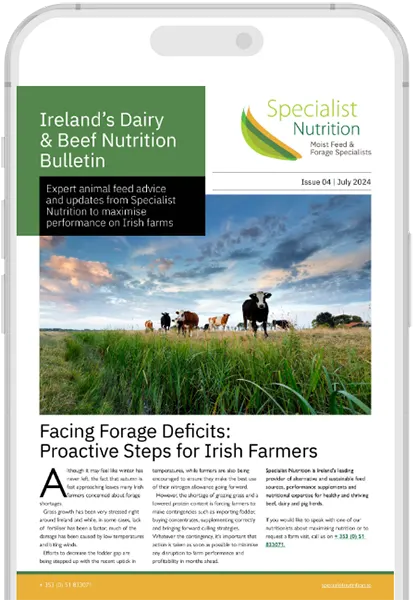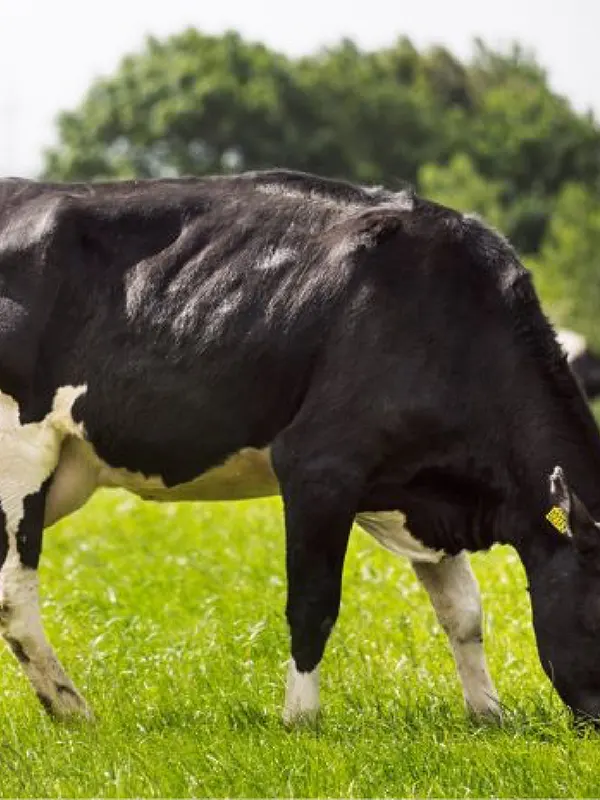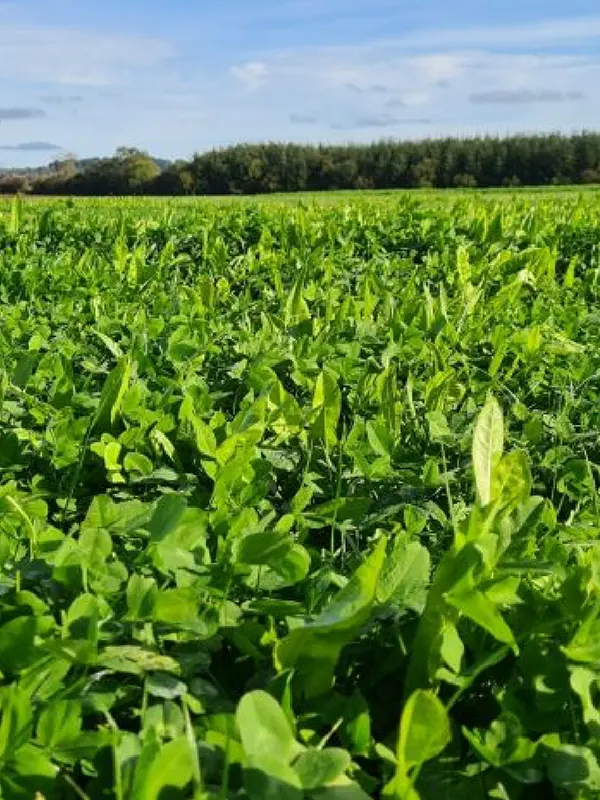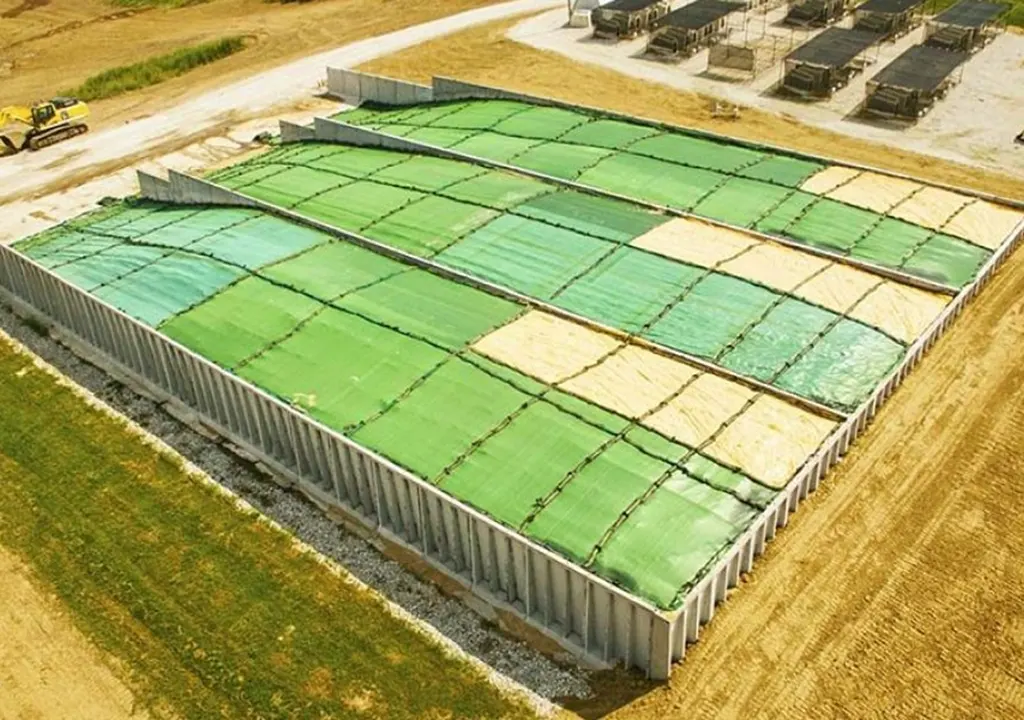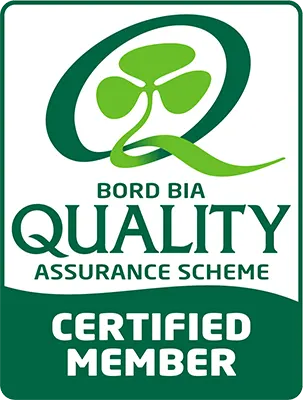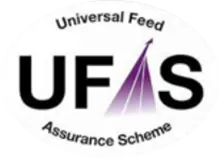Homegrown Forage Performance
Maximise the feed efficiency of your farm’s forage
Get the most from your grazed grass and homegrown forage with expert analysis, advice and products to boost nutritional value for optimum livestock results.
Call us on +353 51 833071 or email us by clicking the button below.
On-Farm Forage Expertise
Our nutritionists work on your farm to identify areas for improvement in your grazed grass and homegrown forage.
By taking a structured approach to your forage plan, we will help identify the feed demands for the year ahead and help you navigate the key forage decisions to be considered in the coming months.
The seeds you sow, whether grass, herbal ley, or maize throughout the year can influence the performance of your herd do it’s important to take time to plan for future needs.
As moist feed and forage specialists, Specialist Nutrition’s aim is to help farmers improve on farm returns through self-sufficiency by optimising the yield and quality of the forage they produce. We will look at maximising the feed efficiency of your silage as the nutritional cornerstone of your farm, and how best to boost your homegrown forage.
Whatever you are growing, homegrown forage will always be more cost-effective than buying in compound feed and will help drive overall profitability. Our team is on hand to ensure you unlock the full potential of your crop.
For a no obligation call with one of our grass and forage nutrition specialists, or to arrange a farm visit, please phone +353 51 833071 or send us an email by clicking below.
Optimise Results With Quality Grass Seed Mixtures & Forage Products
Whether seeding, nurturing, ensiling or feeding out, our grass seed advisors and experts at Specialist Nutrition has got you covered with products to achieve the best nutritional results in your grazed grass and homegrown forage. From grass seed mixtures to forage mixtures, silage additives, slurry enhancers, and more you are assured of best performance with our product range and specialist advice.
Take control of your silage quality with pre-cut silage testing
Pre-cut testing, harvesting, and storage are all essential links in the chain to your forage system.
Make sure you have the knowledge and tools needed to assist you in increasing silage yields and improve overall quality.
Call us on 00353 (0)51 833071 to request your FREE Pre-Cut Grass Testing Kit.
Free Pre-Cut Grass
Testing Kit contains:
- 2 x Postal bags (not prepaid)
- 6 x Clear sample bags
- 2 x Analysis request slips
Stay Updated With Ireland’s Dairy & Beef Nutrition Bulletin
Get regular expert feed advice and seasonal nutrition updates in the Specialist Nutrition newsletter sent directly to your inbox.
